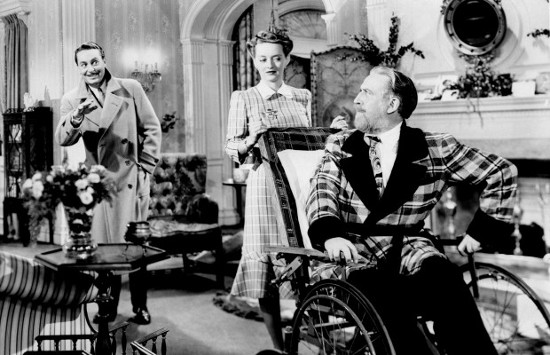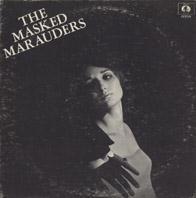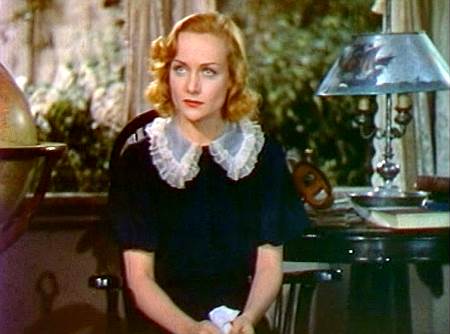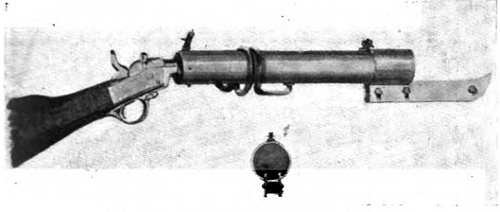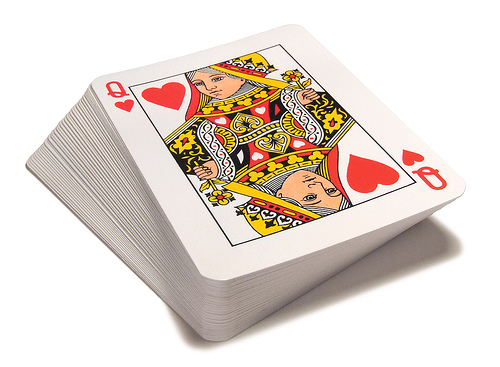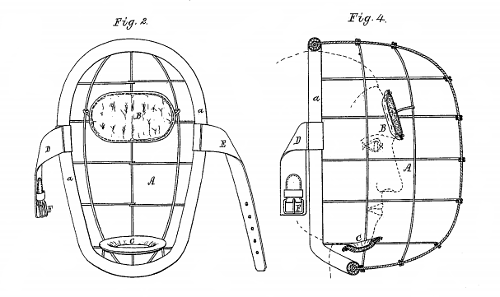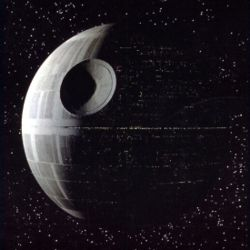In the summer of 1977, a disconcerting series of personal advertisements began appearing in the London Times:
DR. MOREAU requires lab. assistant. Experience not necessary. Strong stomach.
DR. MOREAU seeks Harley St. offices. Soundproofing essential.
HEART OF BABOON, eye of newt and other spare parts required by Dr. Moreau.
QUESTION for Dr. Moreau: What do you do with the leftovers?
WERE YOU cut out to be a patient of Dr. Moreau?
DON’T MAKE a pig of yourself without consulting Dr. Moreau.
DR. MOREAU will have you in stitches.
DR. MOREAU goes in one ear and out the other.
I’M JUST WILD about Dr. Moreau. He has so much animal magnetism.
IF YOU WANT TO GET AHEAD see Dr. Moreau.
OVERWEIGHT? Dr. Moreau will cut you down to size.
ARE YOU A MAN – or a mouse? Get an expert opinion from Dr. Moreau.
DR. MOREAU made a monkey out of me. See what he can do for you.
LEND a hand to Dr. Moreau and you’ll never get it back.
DR. MOREAU does brain transplants while you wait.
UNFORTUNATELY Dr. Moreau’s services are not available on the National Health.
DR. MOREAU is coming soon. Can’t you feel it in your bones?
The last one appeared on Sept. 3. American International Pictures’ production of The Island of Dr. Moreau, starring Burt Lancaster and Michael York, opened later that month.
(From Peter Haining, The H.G. Wells Scrapbook, 1978.)


